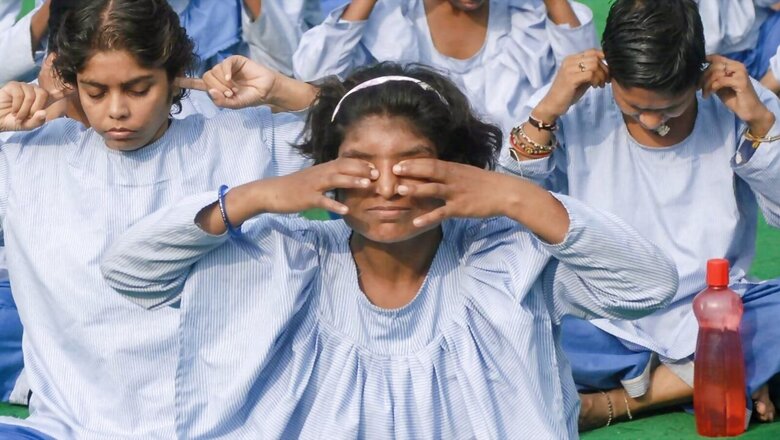
views
Over 90 per cent of the stimulation and nutrition to the brain is generated by the movement of the spine. This was posed by Dr Roger Sperry, a neuroscientist who won the Nobel Prize for his research on the brain. It is interesting to note how ancient scriptures adhere to this principle when it comes to teaching us to be aware of our body and how each movement affects our health.
Yoga is one such ancient form of practice that is widely adapted, bringing the mind, body, and soul together. It is a way of living that connects us to our senses and rejuvenates our bodies both physically and mentally. And that’s where mathematics maps its way into yoga. It acts as the confluence to create that balance between the mind and body.
Maths and geometry hold a significant place in yoga movements. Maths is a tool that allows the body to perform holistic movements and gain control in every posture. This special connection also presents an exciting opportunity to teach kids maths using yoga. With the help of yoga, you can teach geometry angles, shapes, functions, and transformations in poses, which also adds an element of fun to the learning process. Maths through a lens of physical activities such as yoga can enrich students’ understanding of concepts through a multisensory and whole-body learning approach.
Yoga consists of 84 lakh asanas with each one focusing on proper alignment and positioning of the body. Let us look at some hidden Maths elements to discover how it affects the yoga asanas:
• Body Linearity: Asanas that involve standing poses and balancing poses require the body or parts of the body to be in a straight line. This can be used to explain the concept of straight lines and linearity. For example, when you do Adho Mukha Svanasana (Downward Dog Pose) the knees cannot be bent, the legs are strictly locked, and the back and hands are in one plane as your upper body leans to the ground. Further, in Tadasana (The Mountain Pose), the entire body needs to be a straight line from head to heels. Also, the meditation pose requires keeping the back straight with no hunch inside or outside.
Downward Dog Pose
• Acute and Right angles: In Setu Bandhasana or Bridge Pose, your knees are folded and your feet are about 10-12 inches from the pelvis, with knees and ankles in a straight line. The significance of maintaining the angle is to get the posture correct enough to relieve the chest, neck, and spine, and open up the lungs. If the angle is slightly more or less, the effect of the asana on these body parts dilutes. Therefore, it is important to maintain the right angles while doing asanas. Especially, in poses like Setu Bandhasana or Marjaryasana (Cat Stretch Pose), where the angle between your bent leg needs to be 90 degrees or less.
Bridge Pose
• Triangles and extended angles: Utthita Trikonasana (Extended Triangle Pose) literally means creating a triangle. In Adho Mukha, the body creates a triangle. And in asanas like Utthita Parsvakonasana (Extended Side Angle Pose) and Virabhadrasana II (Warrior Pose 2) the leg that holds the body weight is extended to obtuse angles to achieve posture balance.
Extended Triangle Pose
• Concaves, curves, and hunches: Asanas that create a U or C around the stomach and pelvic resemble semicircles. For this you can consider Marjaryasana or cat pose, which stretches and crunches the back and shoulders, with thighs and arms being perpendicular. Or you can look at a crescent pose that explores concavity.
Crescent pose
• Breathing counts: Breathing is a great practice to increase focus and settle energy. The breathing exercises in yoga are done in ratios and counts. For example, inhaling up to 5 counts, holding up to 10, and exhaling up to 15 counts. The true form of breathing in yoga is a ratio of equal length, or to keep exhale length more than inhale length. If the inhale count is more than exhale, it means the body is over-inhaling and not getting rid of the extra Carbon dioxide.
Maths is associated with every pose and asana in yoga. Thinking in terms of shapes, lines, and angles can help kids closely learn hidden maths concepts and properties. So, the next time your kid is up for a maths lesson, use yoga as a great learning opportunity to teach them about all kinds of geometry-infused poses.
By Manan Khurma, Founder & Chairman, Cuemath
Read all the Latest Education News here














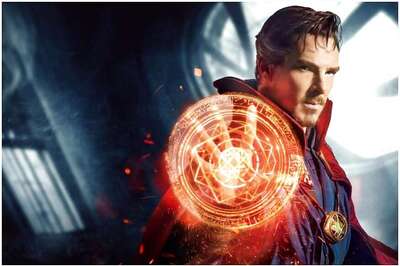
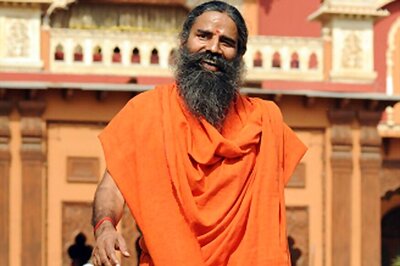
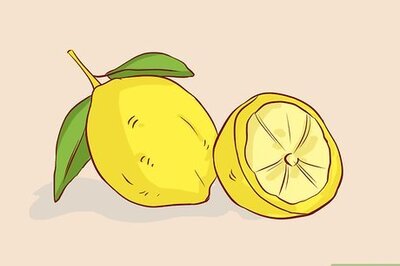
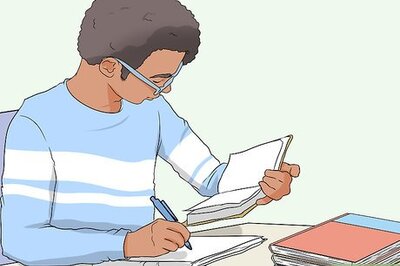
Comments
0 comment